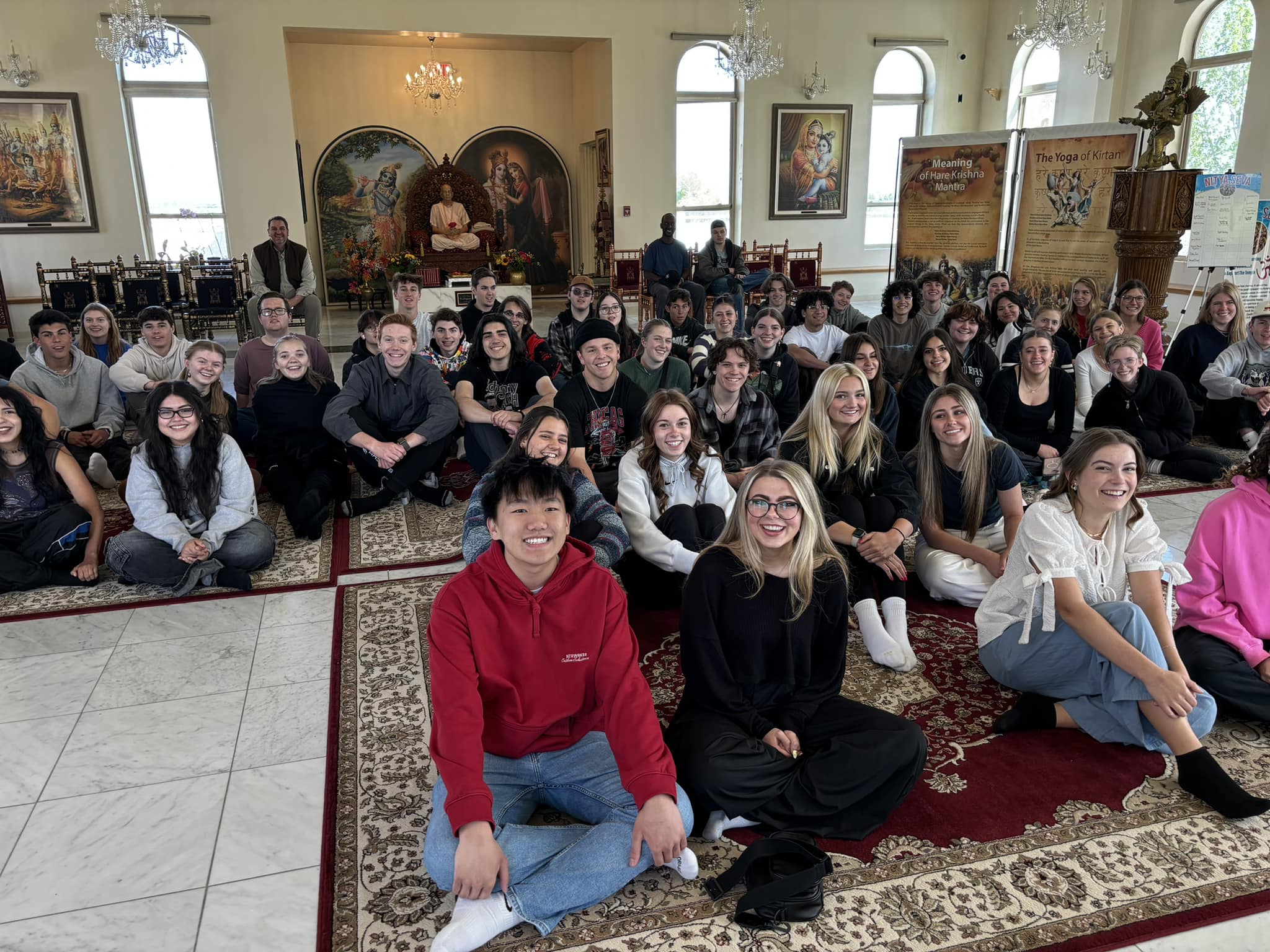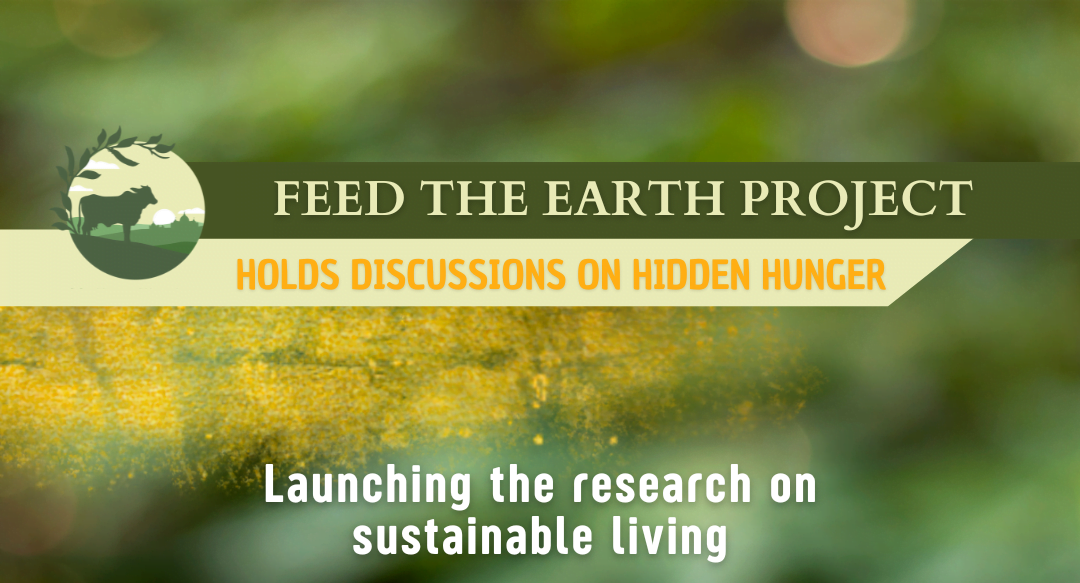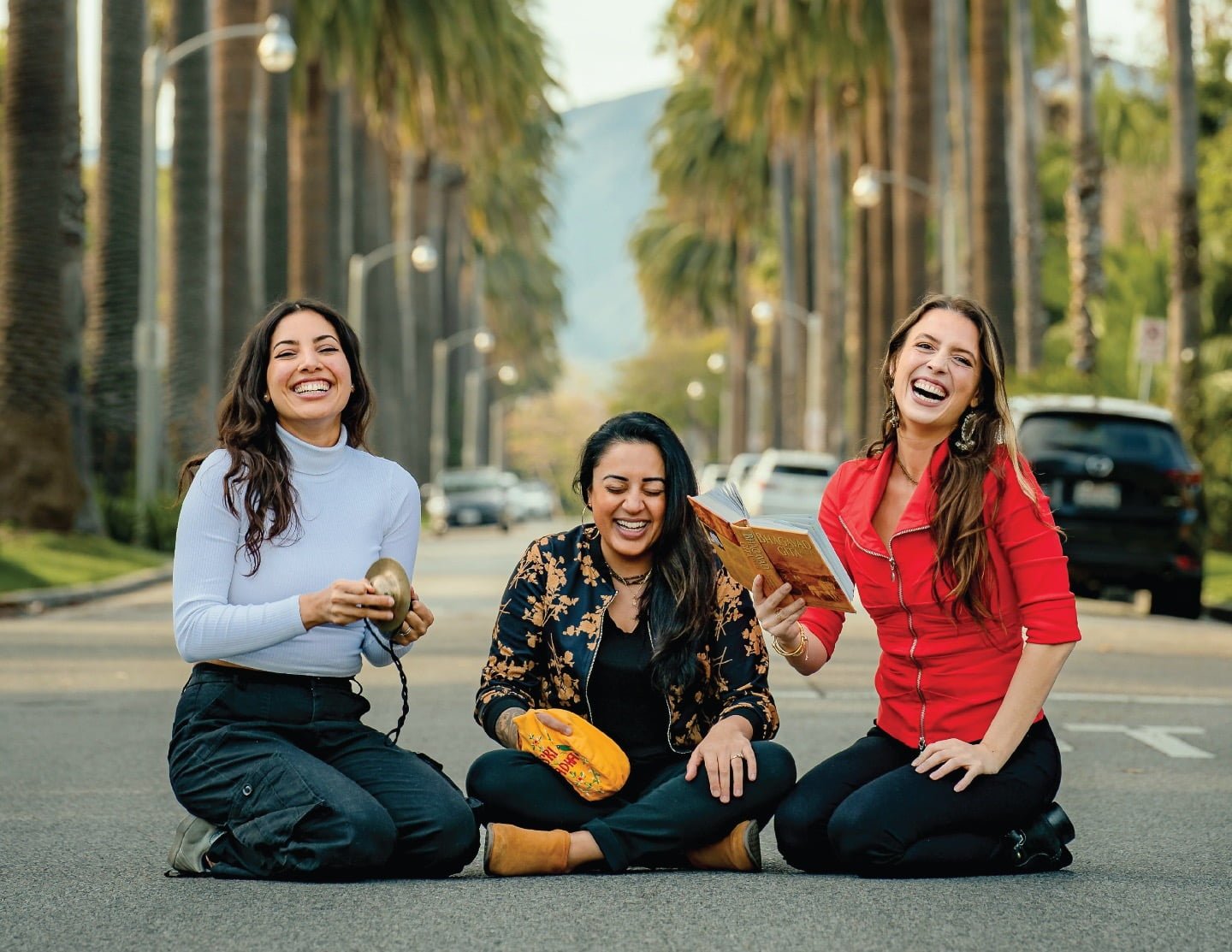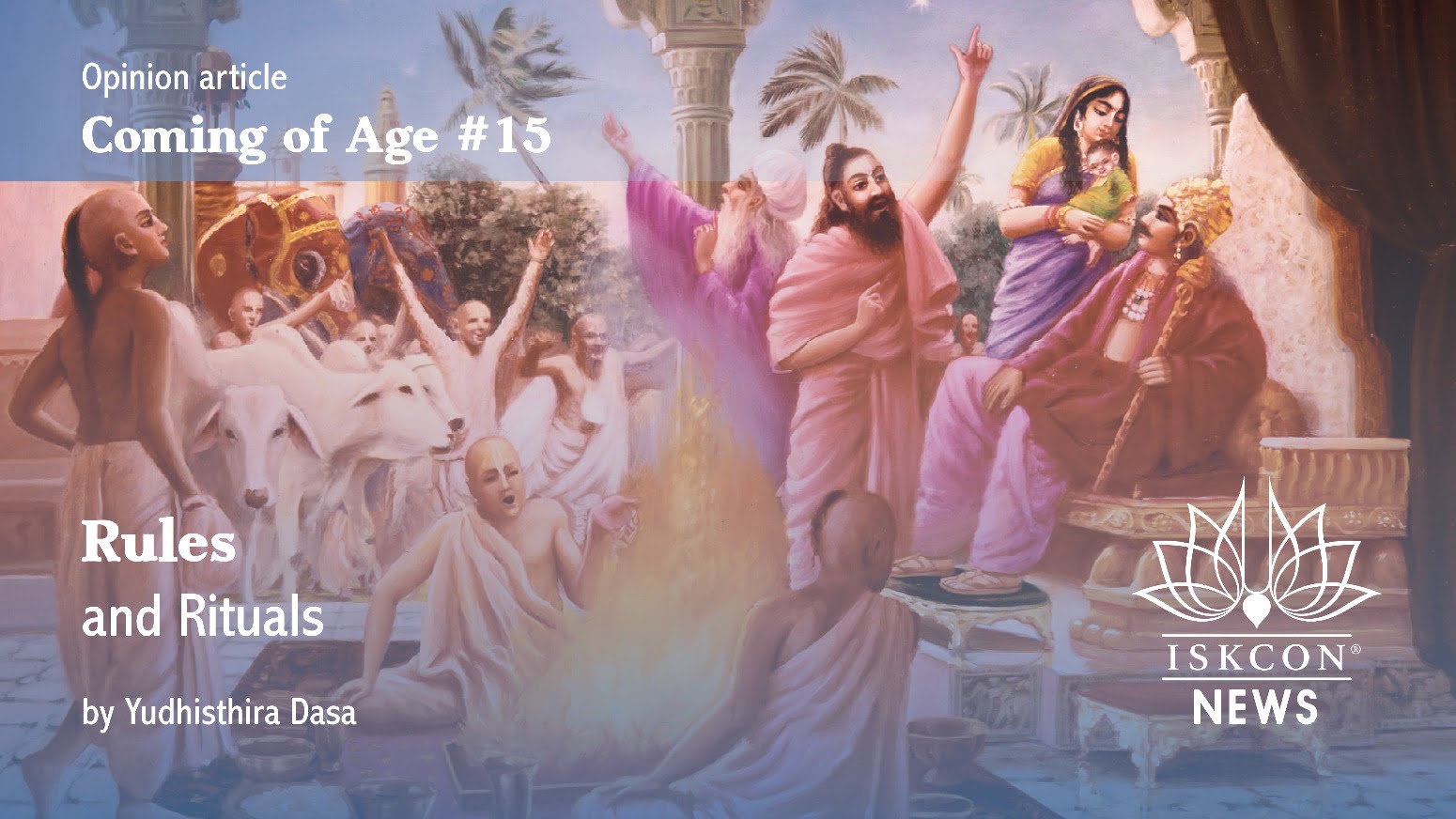The Blue Mountain Brings Fun and Growth to Durban Rathayatra
By Madhava Smullen | Mar 30, 2012
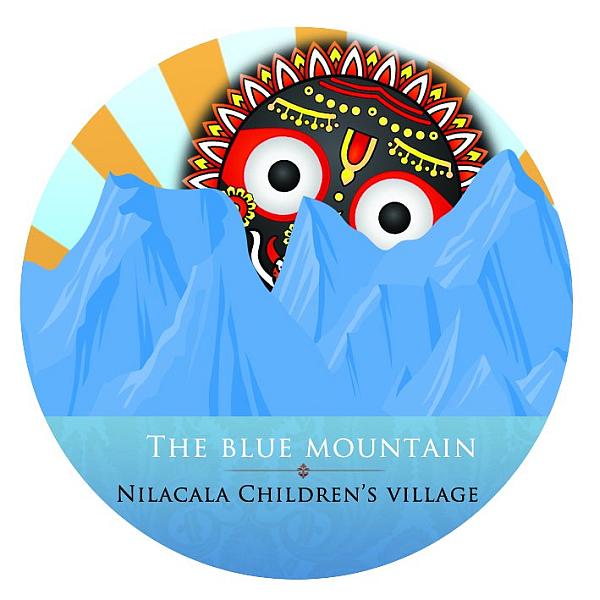
The Blue Mountain—a spiritual wonderland for children at this year’s upcoming Rathayatra in Durban, South Africa—promises to absorb youngsters in Lord Jagannath’s service through endless fun experiences, craft activities and games.
It’s a unique addition to the Durban Rathayatra, which, now in its 24th year, is the largest outside of India, and seems to have everything.
This year’s festival, like many before it, took six months of planning, and will last four days—from April 6th to 9th—running from noon till 10pm each day. The half a million Rand project will have not just one but two Rathayatra parades on the beachfront—one on Saturday afternoon, and one on Monday evening.
Over twenty-five senior devotees and twelve sannyasis will attend, and teach Krishna consciousness in the two large Question and Answer tents. Over 400 volunteers will help in the thirty tents that make up the 60,000 square foot Rathayatra Village, putting on cultural entertainmnent, dramas, and manning the youth lounge Be Yourself, with its rocking kirtans, drumming, soul searching, and specialty snacks and drinks.
Then there’s the prasadam. Volunteers begin cooking the sanctified vegetarian feast—for which they use 5,000 kgs of rice and 4,000 liters of oil—at midnight every day, and don’t stop until noon. Besides the speciality food on sale, over 200,000 free plates of savory rice, dhal, halava, and juice are served out at the event.
Still, until now, there’s been one glaring omission. “There’s no meaningful engagement for the children,” pointed out ISKCON guru Jayadvaita Swami during a 2010 visit to Durban.
That same year, after speaking with his sister Anuradha Dasi, temple president Svarup Damodar Dasa planned for a children’s area at the 2011 Rathayatra festival. Called Little Gokula, it featured three booths: a kitchen, a woodshop, and a gopi-dot tent.

Anuradha Dasi
Although Anuradha couldn’t be a part of this much appreciated addition due to other engagements, the concept occupied a special place in her heart. So in 2012, when her brother contacted her with only six weeks left until Rathayatra—the previous organizers were no longer able to run the children’s area—and asked her to help, she agreed.
“In the early 2000s, I became a Waldorf teacher and was introduced to the Steiner way of celebrating festivals,” she says. “Through these festivals, a deep sense of joy, awe and wonder is cultivated in the children. By questioning and considering the meaning of symbols and traditions, the children discover their own spirituality as they grow into adults. I found the festivals magical, almost mystical, and I could see that the children were deeply moved by them. I yearned to bring the same awe and magic to Vaishnava festivals.”
Anuradha partnered up with her friend Krishna Presthaya Dasi to work on the project. A second generation devotee now in her mid-thirties, Krishna Presthaya remembered how magical and meaningful the festivals put on by her parents and other Prabhupada disciples in the early days of ISKCON were to her. And she wanted to give that experience to her own children and their generation.
Furthermore, like Anuradha, she knew what interested children—she used very creative methods to homeschool her own four children at her home in Mayapur. They trained oxen daily, learned traditional embroidery, woodcarving, and Vedic art, and assisted with temple festivals.
So working from Krishna Presthaya’s home, she and Anuradha began to develop an exciting concept.

Krishna Presthaya Dasi
“We thought about how we could connect all the activities in the children’s area to Lord Jagannath and Rathayatra,” Anuradha says. “We didn’t want just a babysitting event—we wanted an event that would inspire the children spiritually and teach them about the meaning of the festival. We wanted to create an experience that would engage their heads, hearts, and hands in the service of Lord Jagannatha for four days, and leave them with a deep attachment to the Lord.”
Researching songs and stories about Lord Jagannath, Anuradha and Krishna-Presthaya read about Nilachala, the Lord’s abode in Puri, and a place central to the story of Jagannath’s appearance. Translating the name Nilachala literally, they came up with a name for their children’s area that was catchy and cute—The Blue Mountain.
Because they wanted their Blue Mountain to be authentic, the next obvious step was to travel to Jagannath Puri. In a whirlwind two-day trip, Anuradha and Krishna-Presthaya met local craftsmen to see Orissan handicrafts, visited Pippli, a village dedicated to traditional applique work, and purchased more than 100 kgs of traditional Orissan handicrafts and decorations.
“We looked at every striking aspect of Jagannath in Puri and tried to imitate that for the children,” Anuradha says.
She and Krishna-Presthaya also received encouragement and sastric references from Bhakti Purusottama Swami, a native of Orissa and an expert on Jagannatha Puri. Then, gathering another 300 kgs of materials from India, leftovers from ISKCON Durban’s Deity department, and structures built for last year’s Little Gokula, they set to work. The larger Durban Rathayatra team lent their assistance, constructing sections of this spiritual wonderland and helping to design boards and entrance signs in a flurry of effort towards their impending deadline.

Hero camp
In the time leading up to the Rathayatra, ten dedicated people will prepare, paint, pack, and price, while five handymen will fit the whole construction together. During the event itself, around twenty-five devotees will man all the booths and help the children with crafts and activities.
In The Blue Mountain, Anuradha, Krishna-Presthaya, and their team have created something quite remarkable.
Double the size of last year’s children’s tent at a huge 15 x 25 meters (around 50 x 80 feet), The Blue Mountain will cater to children aged all the way from three to fifteen years old, and run from 1pm to 8pm on all four days of Durban Rathayatra.
When they first enter the village, children will receive ‘clearance’ by checking into the welcome tent, where they will learn about Lord Jagannatha and how to find their way around the town, which will have at its center a recreation of Nilachala—the Blue Mountain.
Each activity and craft will be carefully explained through a museum display in the welcome tent. Then the children will head off to engage in fun activities all day long.
“During the day, the young pilgrims will break Lord Balarama’s honey pot, have a dandavat parikrama (prostrate pilgrimage) race around Nilachala, race with water pots, and play a host of other memorable and exciting games,” says Anuradha. “Each night, they will be transported to the mystical land of Nilachala, with storytelling by fun senior devotees like Indradyumna Swami, Bhakti Caitanya Swami, and Bhakti Marg Swami.”

Face painting
Elsewhere, the sound of hammering and sanding in the Daru Brahma wood-working tent will attract craft-loving kids, who will be treated to an experience of building and painting their very own chariot and Jagannatha Deities.
The Kala Ksetra Craft tent, meanwhile, will keep children busy with a different craft each day, designed to captivate their hearts in service. They’ll make intricate lotus flowers, construct the eyes of Lord Jagannatha in traditional Orissan Pippli applique style, string jewels that they find buried in the crevices of the Blue Mountain, and even paint their very own worshipable ‘silas,’ or sacred stones. In the candle-dipping cave, they’ll show their love for the Lord by learning to build a candle from scratch, then offering it to Him.
“We are also featuring a Goshala, which will be like a little petting zoo that creates an awareness of cows and their sacredness,” Anuradha says. “The children will be encouraged to worship Mother Cow by using the little arati tray provided, and by making and feeding the cows gur sweet balls. For the ones who dare, there’s
also the chance to make cow dung patties to be used as fuel in our Vedic kitchen’s cob stove.”
In Lord Jagannatha’s Kitchen, called The Rasoi, fifty-one offerings will be made daily. And the young pilgrims will learn to churn butter with authentic churning tools, roll chapatis, and cook them on the cow dung fire. They’ll also get to make their own khaja, a famous flaky sweet from Jagannath Puri often known as “Jagannath’s Tongue.”
“As the story goes, you don’t have to offer khaja to the Lord,” says Anuradha. “Because Lord Jagannath loves it so much that as soon as it’s done cooking, He eats it right away!”

Making Jagannath
The children will get to taste more delicacies at The Blue Mountain’s Puri-fication Snack Stand, which will serve traditional foods all fitting into the Puri theme, such as Bel Puri, Pani Puri, and Sev Puri. It’s all part of The Blue Mountain’s effort to give children the taste, smell, sense, and feel of Nilachala Jagannath.
When the children are ready to leave the village for the day, the girls will be dressed for the pleasure of the Lord, their hair braided with traditional Oriya kadamba flowers, their faces painted, and their arms decorated with ribbon strung bracelets. The boys, meanwhile, will be treated to traditional Orissan tattoo art, and face painting resembling the eyes of Lord Jagannatha and Balarama.
Finally, on their way out, they’ll get to visit the Yatri Bazaar, or Little Pilgrims Market, where they’ll find hand-crafted items and other treasures to take home as memories of their visit to The Blue Mountain. All together, the whole enterprise will combine all the fun of a theme park with an inspirational experience of Krishna consciousness in practice, that Anuradha and Krishna Presthaya hope will stay with the children for a long time.
As Rathayatra falls on an Easter weekend, they expect a big turnout for The Blue Mountain—but with a widespread and very creative marketing campaign, they’re leaving nothing to chance. There are ads on the radio, a facebook page, a website, and posters in the Durban temple. There are even marketing stunts: last Sunday, “The King of Puri” himself payed a visit to ISKCON Durban on Sunday and requested “all his subjects” to visit The Blue Mountain.
“There’s been an overwhelming response,” Anuradha says. “Lots of interest and excitement.”
If The Blue Mountain is a success—which looks very likely—she hopes it will be a springboard for other ISKCON communities to use it as a recipe.
“And we’re very willing to help,” says Anuradha. “We want meaningful festivals like this for children all over the ISKCON world.”
For more information, please visit www.thebluemountain.org or www.facebook.com/thebluemountain






